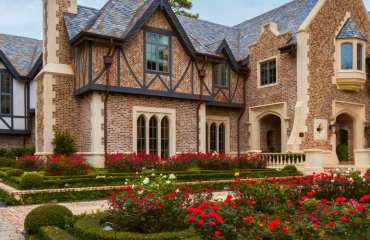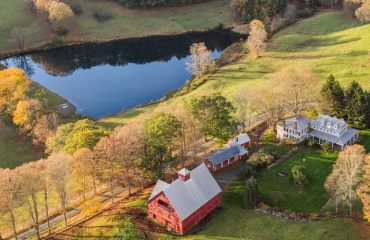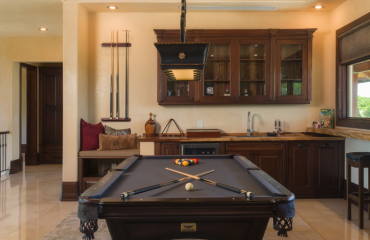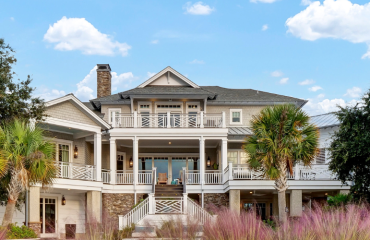The Mysterious Art of Making Vermouth
The process of making its vermouth is a closely guarded secret, but a sense of the alchemy involved can be felt at the Noilly Prat distillery in Marseillan in the south of France. Here, the descendants of herbalist Joseph Noilly, who invented a pale dry version to please French palates, started producing its white vermouth in 1859. The mistelle—the mature distillation of Muscat grapes to which young wine infused with herbs and spices is added to create new vermouth—is kept in huge casks in a vast hall, which visitors can enter by appointment.
Pass through the courtyard beyond the hall, where dozens of barrels of Picpoul grapes—Noilly’s favorite local varietal as the base for its vermouth—are gently oxidizing in their year-long herbal bath, and you enter the darkened chais (an above-ground storage building for wine) where the real magic takes place. Here, there are sacks of flavorings to supplement the artemisia (a more romantic name for wormwood), including nutmeg, lavender, chamomile, bitter orange, and even cacao, as well as gentian and vanilla.
The haul, drawn from all over the world, as well as the fragrant wild garrigue of southern France, has grown incrementally as Noilly itself has expanded from being a producer of white vermouth only. In 1950, it added the red vital for whiskey-based cocktails such as the Manhattan and the Rob Roy, as well as negronis, and in the 1980s an amber with vanilla top notes catering specifically to French tastes.







